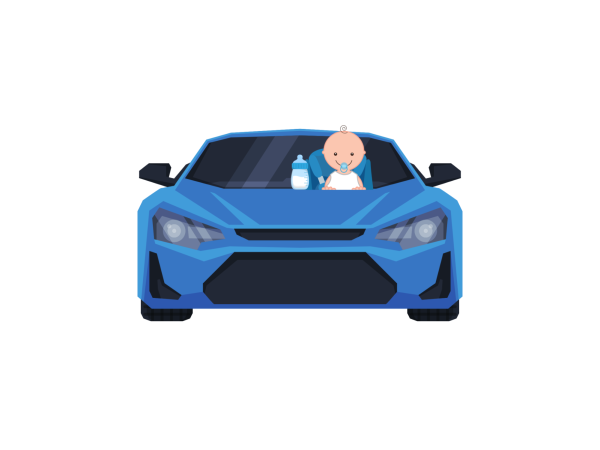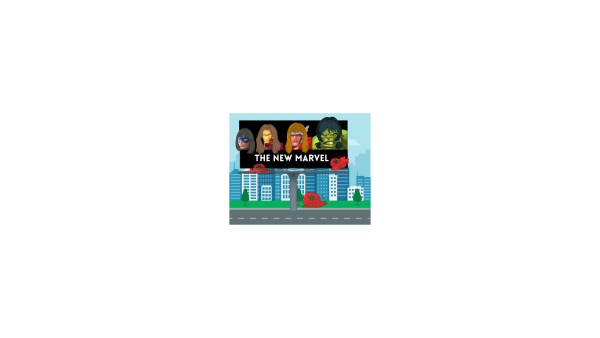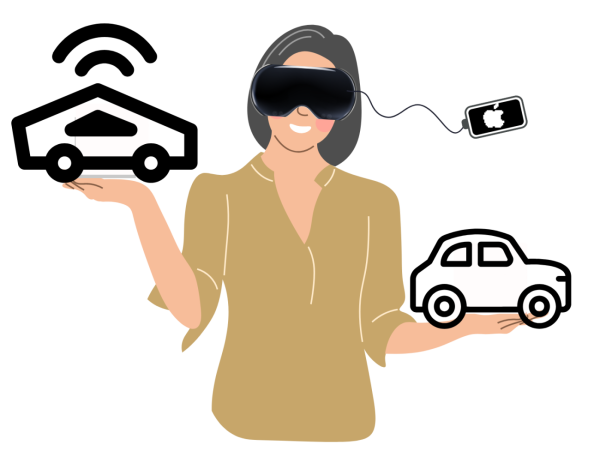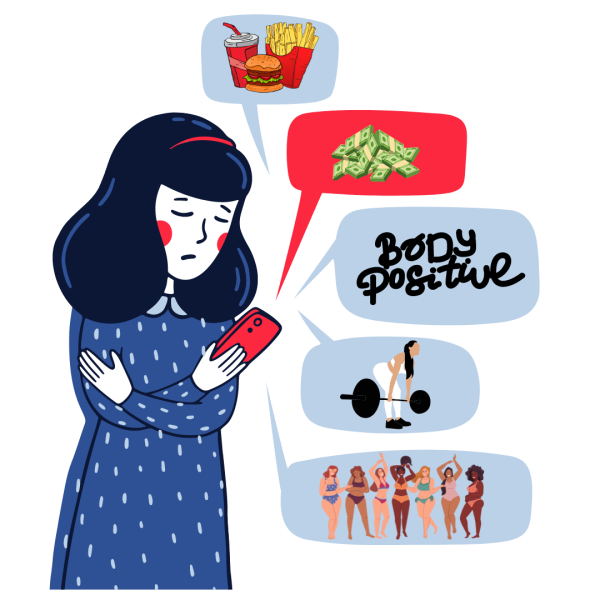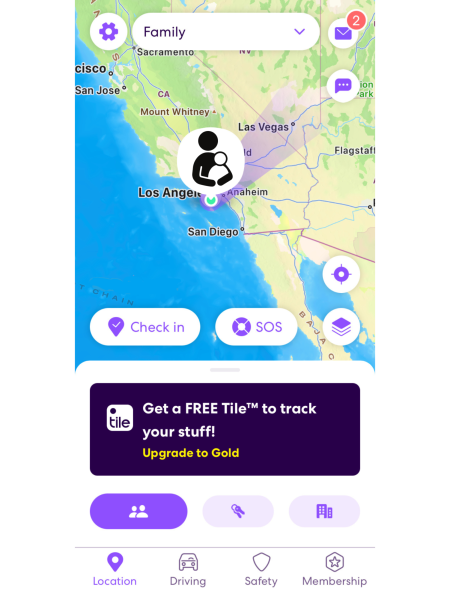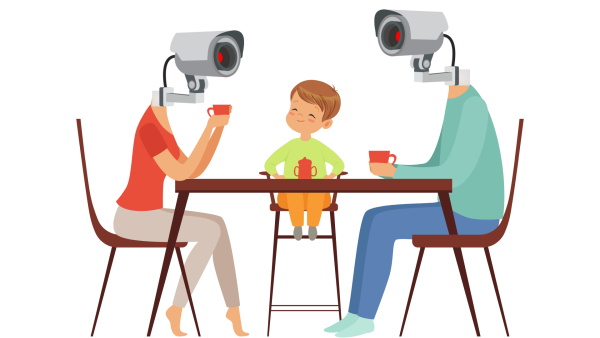Where’s the LGBT on TV?
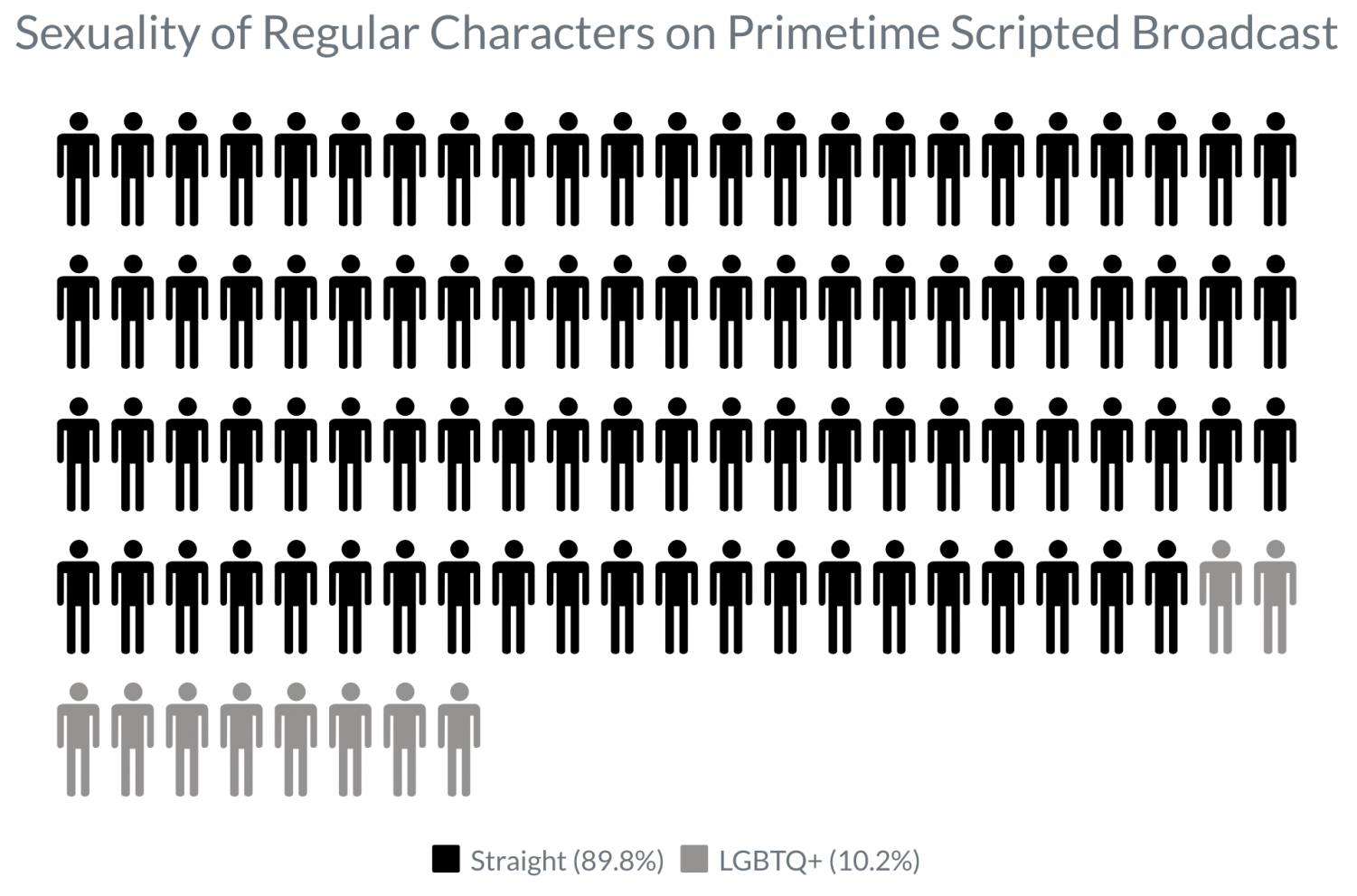 As a child, I always looked up to characters in television shows that I could relate to. Since most children in America grow up watching programs and idolizing characters, it would make sense for the shows broadcasted to appropriately represent its various viewers. Unfortunately, this is not the case for most young LGBTQ+ viewers.
As a child, I always looked up to characters in television shows that I could relate to. Since most children in America grow up watching programs and idolizing characters, it would make sense for the shows broadcasted to appropriately represent its various viewers. Unfortunately, this is not the case for most young LGBTQ+ viewers.
Television has been the primary form of entertainment in America since its creation in 1927.
“The Hollywood Production Code, in effect from 1930 to 1968, and the Code of Practices for Television Broadcasters … indirectly prohibited depictions of homosexuality” said University of Tennessee in an analysis of LGBT representation on television.
Due to these codes, the only gay characters allowed were always child molesters, villians, or were killed within minutes of their sexualities being revealed (aka the “Bury Your Gay” trope).
This left an extremely negative connotation on the LGBTQ+ community in the eyes of America’s youth, as they only saw them as villainous figures or examples of why being LGBTQ+ would inevitably lead to death.
Although more representation began in the late 1970s and 80s, the characters lacked complexity and often posed as the primary issue of the episode for the main heterosexual character to solve.
It wasn’t until 1997, when Ellen Degeneres character in “Ellen” was revealed as a lesbian, that television have its first gay main character. Today, representation has improved, with this 2019-2020 season containing a “record high 10.2% [90 out of 879] of broadcast series regulars being LGBTQ characters,” according to GLAAD, an organization that tracks representation in the media.
Although this is an improvement, the majority of the characters are gay men, such as Will Truman and Jack McFarland in “Will & Grace.” This one side of the community is only a small portion of a variety of identities. In fact, out of lesbian, gay, and bisexual people, “bisexual+ people actually make up the majority of LGB people at 52 percent,” UCLA’s The Williams Institute said.
Bisexual people are underrepresented or poorly represented in the media, as they are oftentimes affected by stereotypes or harmful tropes, such as being confused, untrustworthy, obsessive or unnecessarily sexual. These harmful stereotypes cause bisexual people to feel excluded from the community, and less confident in their sexuality, which could be extremely harmful for children trying to make sense of their feelings for the first time.
“Bi+ people are reportedly much less likely to be out than gay and lesbian people,” said GLAAD. “28 percent say ‘all or most of the important people in their life know [their sexuality]’ versus 77 percent of gay men and 71 percent of lesbians.”
Another identity that is severely underrepresented in television is asexuality and aromanticism. In the 2019-2020 season, there was only one asexual character from Netflix’s “BoJack Horseman,” but that character is not returning next year due to the show’s finale. This means the 2020-2021 season will have absolutely no representation for ace/aro individuals.
According to “GLAAD and Harris Poll’s Accelerating Acceptance study, … 20 percent of Americans 18 to 34 … identify as LGBTQ.”
Since America’s population is about 331 million people, that is approximately 66 million people who struggle to see themselves in the media they consume. Children need positive examples of their sexualities and gender identities because it helps to shape their worldview and build confidence within themselves.
Since nobody can choose who they love or what they know to be their true gender, it is extraordinarily important for widespread representation across all genres of television to have multiple LGBTQ+ characters in their series.
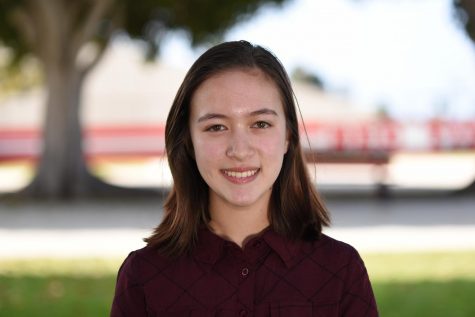
Kaylie Harley, a junior at PVHS, is a first-year writer on staff. She joined The Point because she loves writing, and wanted to know more about the newspaper...
